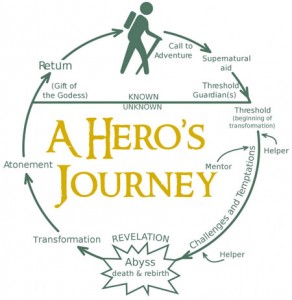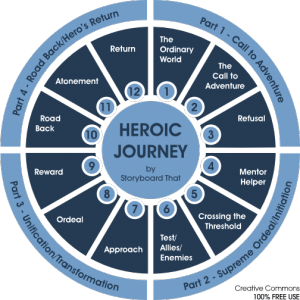What are institutions?
Our week 10 Lecture describes this as a term from sociology concerning with organising the structures of a society. In relation to its social, cultural, political and economic factors, there are principles, values and rules that underly these structures. We see a community or an organisation structured to govern the behaviour of a set of individuals like universities, hospitals and even marriages. When watching a film, say Fast and Furious, its narrative is comprised with institutions such as the drivers, gangs and polices. These are examples of institutions and we as students are part of an establishment.
Media Institutions
Broadcast television . Community Radio . Journalism . Cinema . The News . Newscorp . ABC . Public Service Broadcasting
Media institutions, like any other institutions are enduring. The cinema industry would have regulations and structured activities, while developing working practices to produce its films. Furthermore, institutions are a collectivist, reaching to own’s particular goal as the community share expected values. Finally, the public is aware of its status as how google is widely recognised of its status.
Marriage as Social Institution
Marriage is not just based on love and relationship but a social structure involving a set of usually two individuals with expectations. As a widely accepted cultural rules and practice, it is legal and a community recognition that can be known as a legal framework. Often we associate marriage with religion because of its superstitions and rituals that are symbolic of religious practices. Containing moral values, these expectations may involve to be faithful in which the relationship is monogamy. When two are married, the public is aware of its status from the rings they wear. They share certain values as they develop the relationship and working on a particular goal in life through a utilised set of regulations/ compromises discussed between the two. These conventions conveyed in a marriage makes this practice a social institution.






